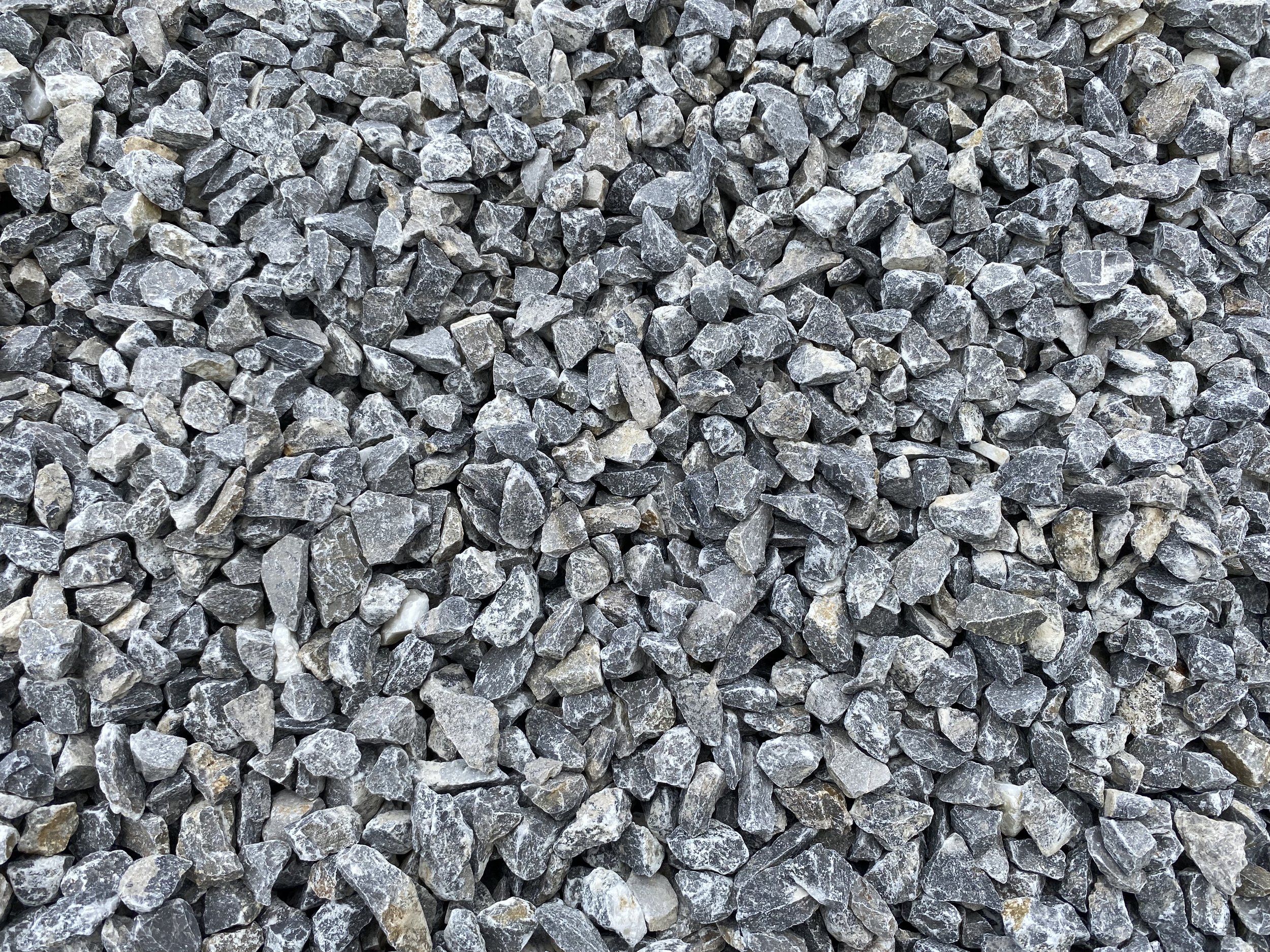
Product Range
At Whiterock, we offer a full range of crushed limestone aggregate products for use in civil, construction and agriculture based projects. With our customer-centric approach, we provide the most suitable product for each customer’s specific requirements. Our materials are produced by means of blasting, crushing and screening into the required sizes. All Stone supplied by Whiterock is PYRITE free.
Materials vary in size and grading, to suit the required applications and comply with the relevant specification. When producing these materials, the aim is to always have a finished product which is clean, hard and durable, and capable of performing as required in an engineering environment and in accordance with specification..
Production is managed under either System 2+ or 4 levels of attestation of conformity as appropriate.
S.R. 21 - ANNEX E: 2016
We manufacture and supply SR 21 - Annex E:2016 products for under concrete floors and footpaths. This material is a well graded Granular Fill. Our SR 21 material properties are tested accordingly to SR 21 recommendations. The National Building Regulation’s Technical Guidance Document (TGD) C – “Site Preparation and Resistance to Moisture,” states that hardcore for use under concrete floors and footpaths must comply with SR 21 Annex E.
Properties such as Geometrical, Physical, Durability, Chemical and Geological Classification are carried out on this product as required. These products meet all the criteria of an SR 21:2016 ANNEX E material.
SR21 FAQs
-
SR 21 is a document listing the Irish Standard Recommendations on the use of the European Standard EN 13242. The document gives guidance on the best options to choose for specific engineering applications.
-
Annex E is a section of SR 21 which deals specifically with guidance on specifying aggregate properties for granular fill for use under concrete floors or footpaths.
-
In March of 2016 the NSAI published the revised draft of S.R. 21. From date of publication the Standard becomes the only specification that should be used for granular materials to be used under concrete floors and footpaths
-
SR 21: Guidance on the use of I.S. EN 13242:2013 – Aggregates for unbound and hydraulically bound materials for use in civil engineering work and road construction.
-
T.0 Struc
0-125mm Structural Layer for depths in excess 900mm
T.1 Struc
0/31.5mm (Crushed Rock) Structural Layer for depths less than 900mm
0/40mm (Crushed Gravel) Structural Layer for depths less than 900mm
T.2 Perm
4/40mm Gas Permeable Layer
T.3 Blind
0/4mm Blinding Layer
-
T.0 Struc Unbound Granular Fill material is recommended for use where the fill material will be subject to substantial loading and /or dynamic loading, or the depth of fill is greater than 900 mm to the top of the subsoil.
T.1 Struc 0/31.5 Unbound Granular Fill (Crushed Rock) or 0/40mm Gravel is recommended for use where the overall depth of fill to subsoil is less than 900mm.
T.2 Perm 4/40mm Gas Permeable Layer is recommended in any building where a Radon Sump is to be operational in the sub-floor including all occupied new build projects, i.e. anywhere a person might be for work, leisure or residence.
T.3 Blind 0/4mm Blinding Layer is used when blinding the top surface of the T.2 Permeable material to ensure the radon barrier is not punctured and there is a level surface upon which to place the insulation and pour the concrete.
-
Annex E materials are the only materials that should be specified for use under concrete floors and footpaths
-
It is the sole responsibility of the customer/site contractor to establish a system of traceability to ensure the correct material is used in the correct application.
-
IS 888 “Code of Practice for the procurement and use of unbound granular fill hardcore material for use under concrete floors” has also been published by the NSAI. This document covers all aspects of ordering, delivery, placement and traceability that may be required by the material user and specifier.
We produce the following at our Scart Quarry:
Crushed Rock
6mm Grey Limestone Grit
10mm Grey Limestone Chippings
14mm Grey Limestone Chippings
20mm Grey Limestone Chippings
2" Clean Crushed Rock
3" Clean Crushed Rock
4" Clean Crushed Rock
CL804
Dolomitic Limestone
Blast Rock
8mm Down Crushed Rock
2" Down Crushed Rock
3" Down Crushed Rock
4" Down Crushed Rock
GRANULAR FILL SR21 Annex E
T0 - Structural
T1 - Structural
T2 - Permeable
T3 - Blinding
Drainage stones
2" Round Drainage Stone
Crushed Drainage Stone
ARMOUR ROCK
Primary Armour: Ranging in size from 1t to 8t
Under Layer: 10kg to 500kg
SR21 Annex E - T3 BLIND
SR21 Annex E - T2 PERM
SR21 Annex E- T1 STRUC
SR21 Annex E - T0 STRUC
28mm Aggregates
20mm Aggregates
14mm Aggregates
10mm Aggregates
6mm Aggregates
Piping Aggregates with Irish Water Certification
0-4mm Dolomite Limestone Dust
Clause 804
803
50mm down dolomite limestone
75mm down dolomite limestone
6f2
Clause 505
Boulders
6"-4" Clean
4"-2" clean
4" Clean
Calculations and Conversions
Mass is expressed as, Mass = Density × Volume (m= ρ/V). This means if we know the density and volume of an object, we can find its mass using this formula of mass. Tonnage can therefore be derived from volume. Volume is calculated in m3 (length x width x depth).
1 m3 = 1.80t – 2.25t of crushed limestone stone depending on the grading and degree of compaction.
2.15 tonnes of Type 1 = 1m3
1m3 of well compacted 804 is heavier than 1m3 of 75mm clean stone, (consider the amount of air spaces!)
1 inch = 2.54cm or 0.0254m 1ft = 0.3048m
1 cubic yd = 0.7646m3 1yard = 0.9144m






















